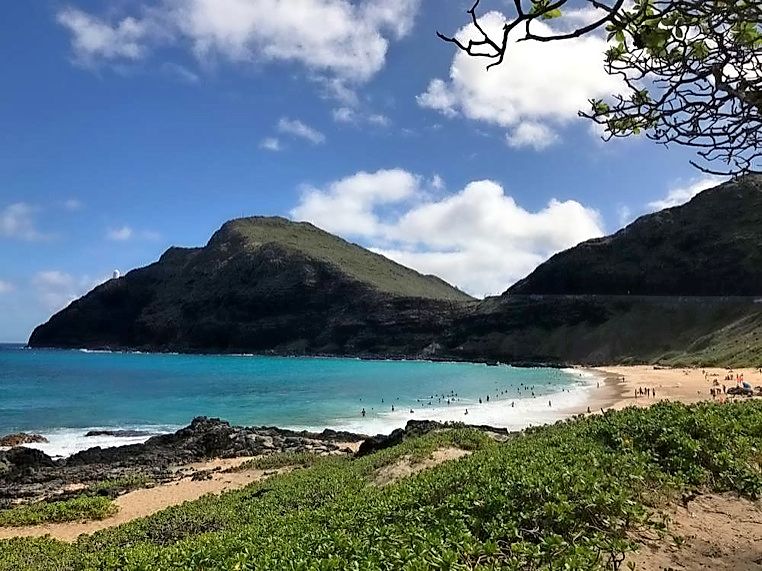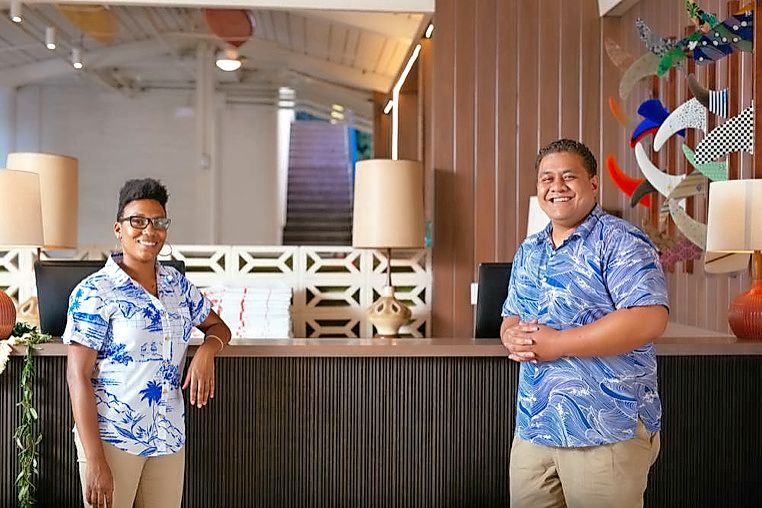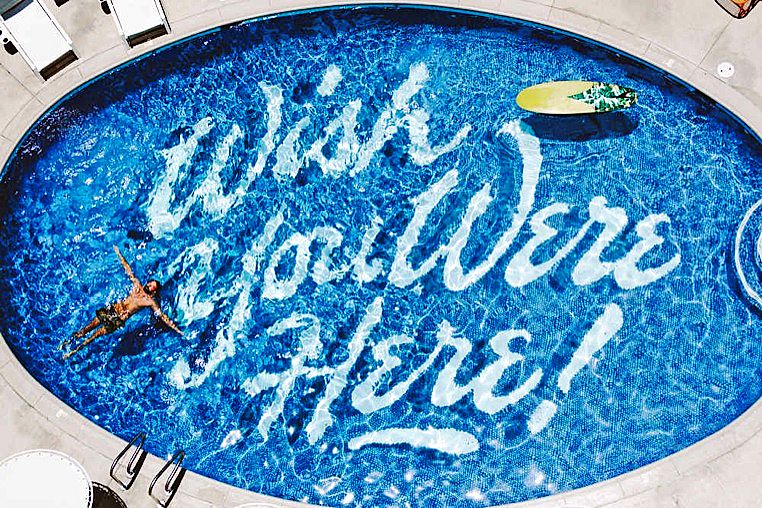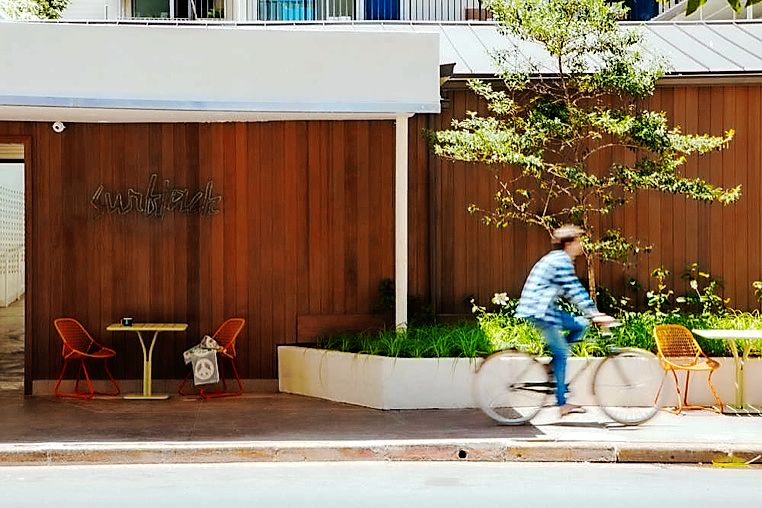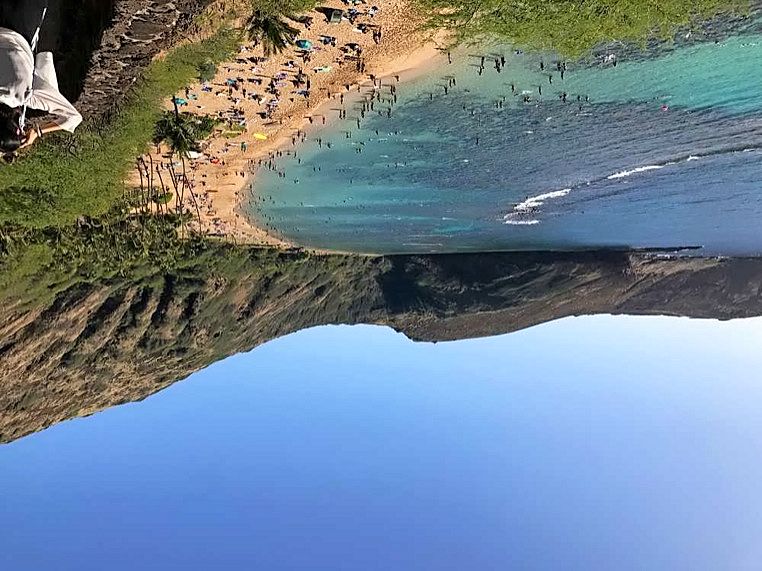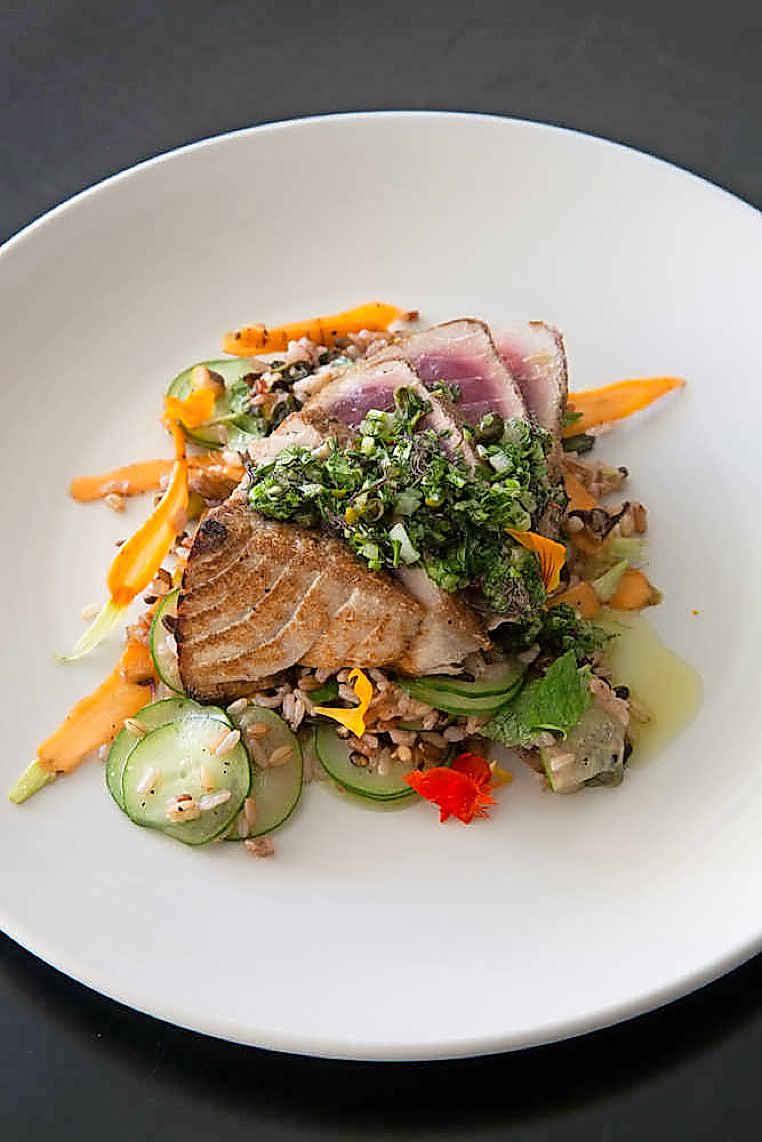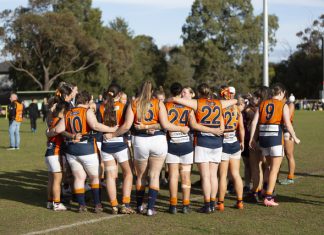Thousands of travellers land at Honolulu and make a beeline for Waikiki to shack-up at a hotel for their entire Hawaiian sojourn.
Considering the cost of hiring a car and, for Australian tourists, the mental hurdle of driving on the right-hand-side of the road, this approach makes sense.
But to fall in love with diamond-shaped Oahu, Hawaii’s third largest island and home to the state capitol, Honolulu, you need a car.
And the popular choice among holidaymakers appears to be a sexy, convertible Ford Mustang.

Maybe it’s got to do with the “When in Rome” philosophy. Whatever it is, they dominate Honolulu airport’s hire carpark and they really are a lot of fun.
Getting around the city is relatively easy, outside of evening peak hours. But be warned, rush hour traffic in Honolulu is the third worst in the US, according to locals.
The Kalanianaole Highway takes drivers from Waikiki to the island’s beautiful beaches along the south-east coast.
Within half an hour you’ll arrive at Sandy Beach, with its shore dumpers, turquoise waters and food trucks serving ahi poke – diced fresh tuna sashimi on rice with “special sauce”.
Hanauma Bay is nearby. It’s incredibly popular with tourists owing to its photogenic crescent-shaped bay, first glimpsed from high above on a cliff.
But you have to get there early to secure a car spot, because once the carpark is full, the beach is closed to fresh tourists for the rest of the day.
For years it was one of the most visited beaches in Hawaii, but it became a victim of its own beauty. The reef’s deterioration finally led authorities to intervene, first with a smoking ban in 1995 and then, in 1997, a visitor fee was introduced to pay for beach maintenance, environmental studies and education programs.
Beaches farther along the coastline are just as beautiful, albeit without the reef.
A trip to the island wouldn’t be complete without checking out North Shore, known for its laid-back vibe and massive swells only the likes of Kelly Slater can conquer.

To get there from Waikiki, head towards Pearl City (H1), then take the H2, and then follow the signs towards Haleiwa, North Shore’s shopping hub.
This little town is lined with plantation-era timber buildings painted in bright colours. It’s a good stop for lunch – people line up for a plate of garlic and butter-sautéed shrimp from trucks packed on the south side of the town, or for a shave ice at Matsumoto’s.
To see the swells, keep heading north to the famed Banzai Pipeline, or “Pipeline” to locals, where the average wave is about three metres.
Turtle Bay Resort has a reputation as one of Oahu’s best hotels. It sits on prime real estate, with direct access to bay and surf beaches.
There are two golf courses on site, two pools, tennis courts and six restaurants. If you want to wake up listening to the sounds of gentle waves, book a beach cottage. The only obstacles between you and the sand will be a few scattered palm trees and hammocks.
Waikiki’s “Gold Coast” feel may not appeal to everyone, but the neighbourhood has the widest range of options when it comes to hotels, eating out and shopping.

One of the newest additions to the hotel scene in Waikiki is Surfjack Hotel. It’s housed in a 1960s Modernist building that has been refurbished and incorporates the best design elements of the era and North Shore beach culture.
You won’t find it along Waikiki’s bustling beach strip, but a few blocks back in sleepy Lewers Street.
It provides a welcome respite from the hordes of tourists. Whoever designed the pool had Instagram in mind. Mosaic tiles spell out, “Wish you were here” – surely a photo many guests have snapped from their balconies and sent to someone back home.
One of the island’s best-loved chefs, Ed Kenney, heads the in-house restaurant Mahina & Sun’s, which serves inventive dishes such as skipjack tuna risotto using locally sourced and organic produce.
Mr Kenny’s three other Honolulu establishments have almost taken over an intersection in Kaimuki, a sleepy residential neighbourhood a 10-minute drive from Waikiki. He’s made this spot a great place to come for breakfast (Kaimuki Suprette) or dinner (Mud Hen Water or Town).
His style of food celebrates local Hawaiian cuisine. If dining at Mud Hen Water, the poi is a must. It’s made by pounding baked and fermented taro root until it turns into a watery paste. It’s a staple of most Hawaiian diets and is often eaten with rice.
Rumour has it that the Obama family has purchased a holiday house on the island. If it’s good enough for a former president, it should be good enough for the rest of us.



